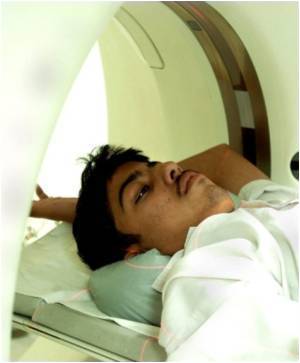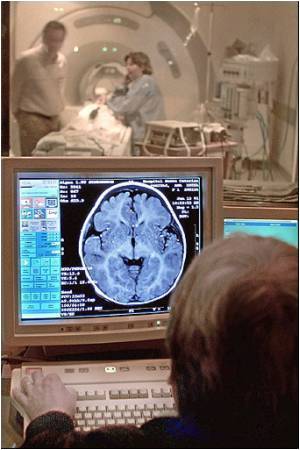Study questions the practicality of the two-hour trauma transport law in Illinois.

"The two-hour rule is only complied with 20 percent of the time," said trauma surgeon Dr. Thomas Esposito, chief of the Division of Trauma, Surgical Critical Care and Burns in the Department of Surgery at Loyola University Chicago Stritch School of Medicine and a co-author of the study. "Eighty percent of the time the transfer occurs more than two hours after the arrival at the first hospital."
The study examines data from the Illinois Trauma Registry from 1999 to 2003. During that period, 22,447 transfers of trauma patients occurred between facilities in the state, a transfer rate of 10.4 percent. Of those, 4,502 transfers (20 percent) took place within two hours. The median time for the remaining transfers was 2 hours and 21 minutes. The data cover 50 to 60 percent of transfer cases from 64 trauma centers in Illinois.
The study found that the patients who were transferred within two hours were more severely injured and more commonly underwent same-day surgery. These patients in the same set were more likely to die but the mortality rate for patients transferred after more than two hours matched those of all other trauma patients.
"We looked at some markers of severity that caused us to conclude, "Guess what? Regardless of the rule, what appears to be is the sickest patients do get transferred within the two-hour window and the people who aren''t so sick are the ones who don''t necessarily get there in two hours but that''s probably because they don''t need to,''" Esposito said.
The patients most commonly transferred were those with head and orthopaedic injuries, which could be due to shortages of medical specialists that treat those conditions, the study found. Also, self-paying patients were more likely to be transferred within two hours versus other same-day transfers or all other trauma patients.
Advertisement
The study concludes that the two-hour mandate isn''t cost-efficient because it does not lead to better patient outcomes.
"Our theory is that that two-hour directive should be abandoned and that emergency department physicians or trauma surgeons at the first hospital are smart enough without a rule to get the right patient to the right place in the right amount of time," Esposito said. "That''s the mantra or the fundamental philosophy of trauma systems."
Advertisement
Co-authors of the study are Dr. Richard L. Gamelli, dean of the Stritch School of Medicine; Dr. Frederick A. Luchette, professor of surgery, Division of General Surgery, Stritch; Dr. Robert Lawrence Reed, Clarian Methodist Hospital in Indianapolis; and Dr. Marie L. Crandall, Feinberg School of Medicine, Northwestern University in Chicago.
Follow Loyola on Facebook, Twitter and YouTube:
Source-Newswise










